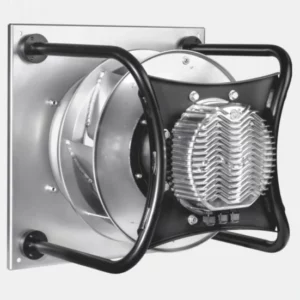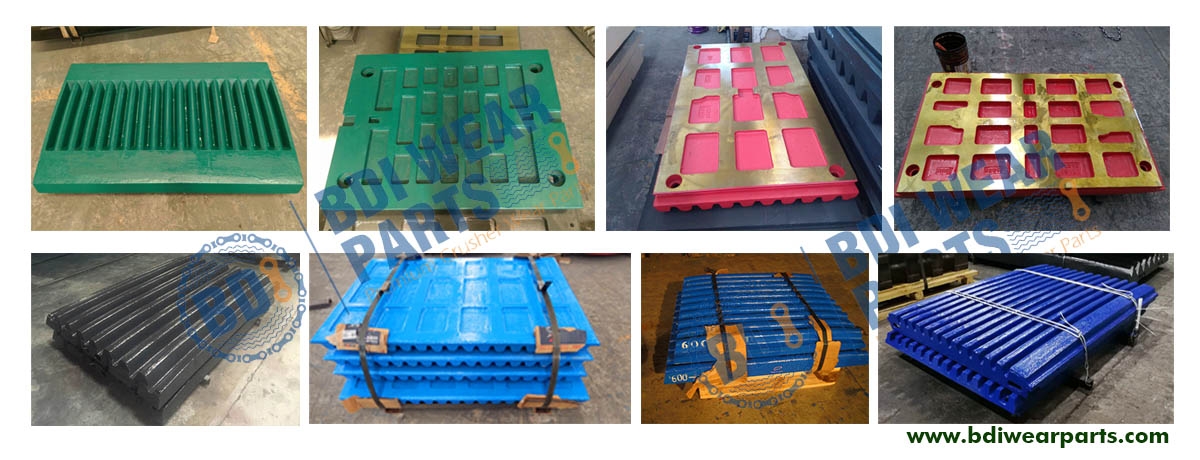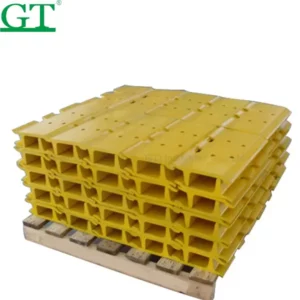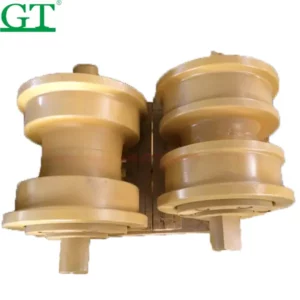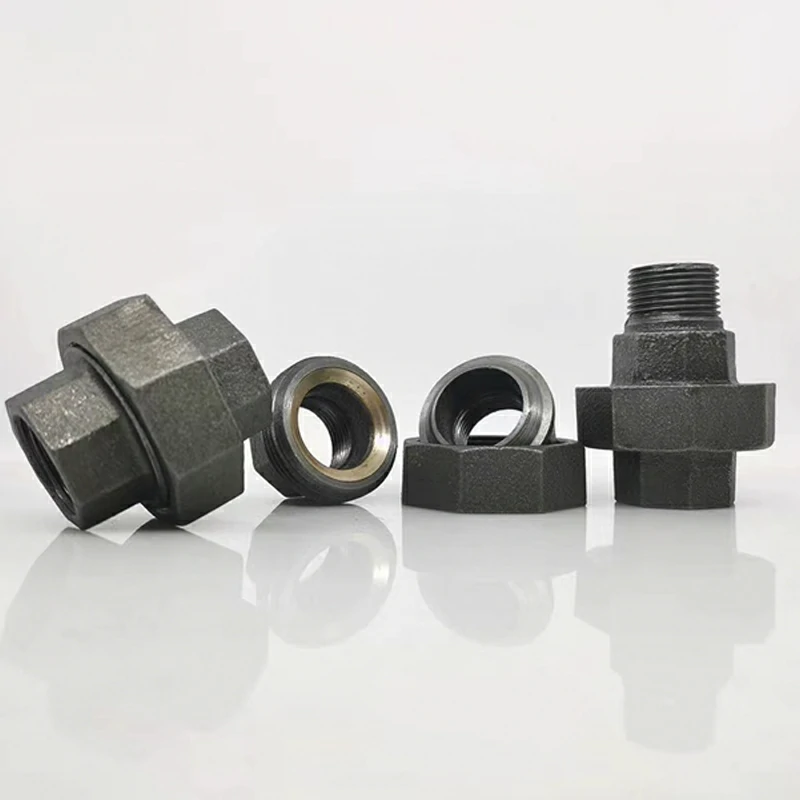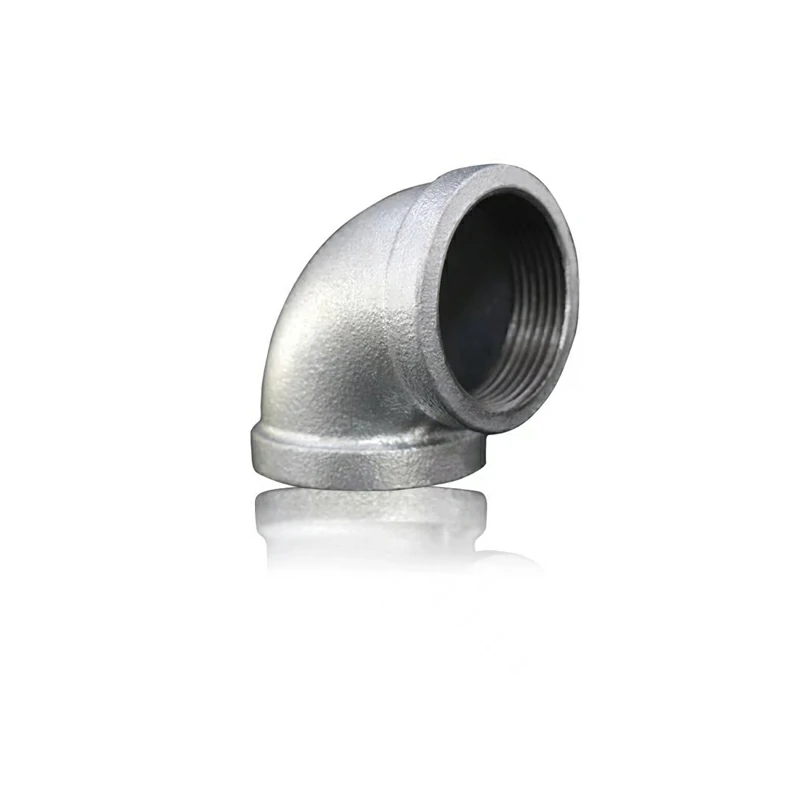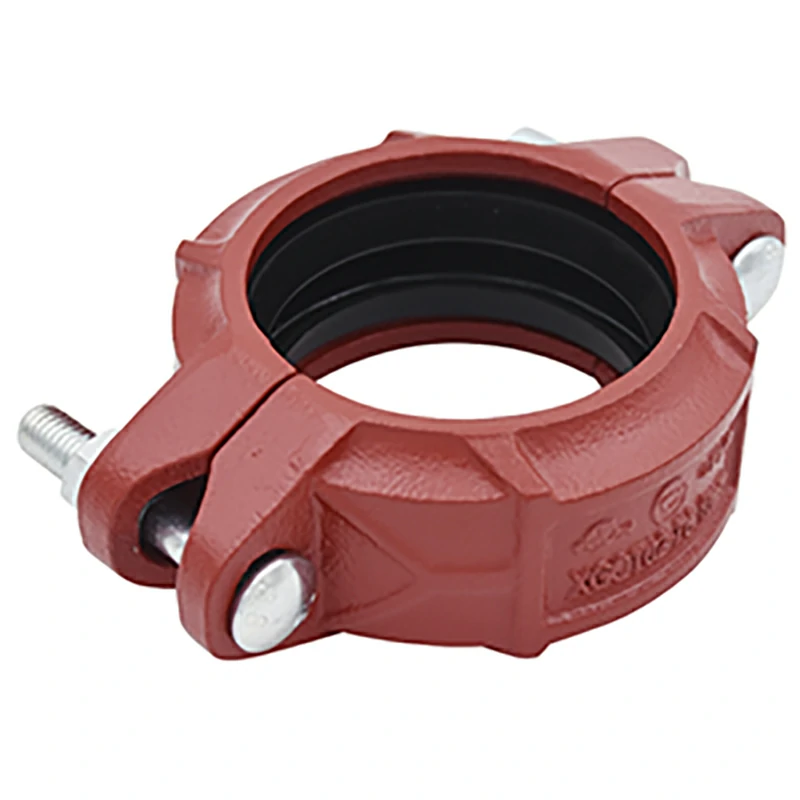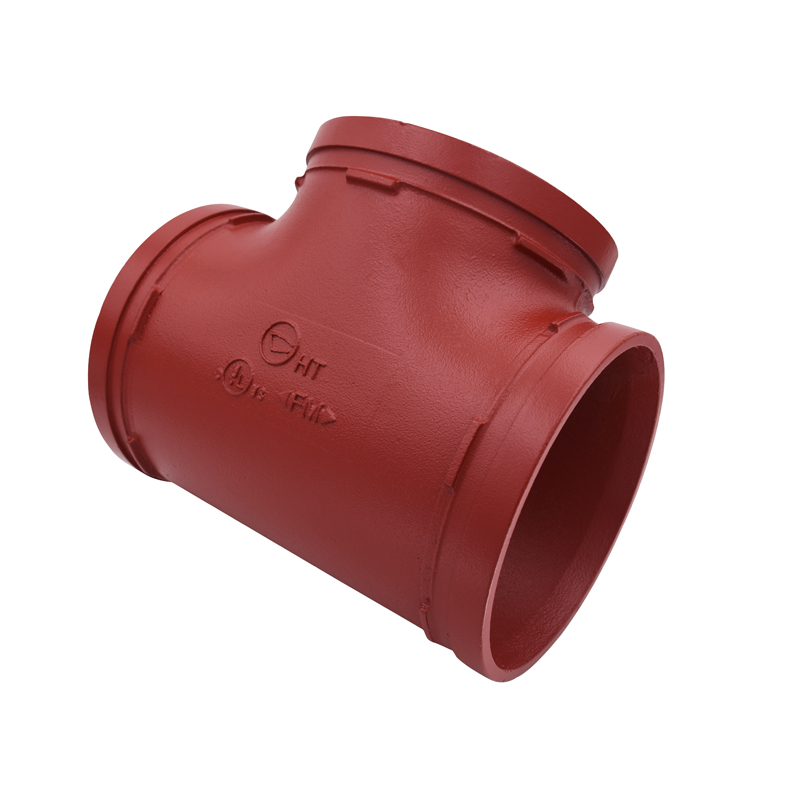Axial vs Centrifugal Fans.
Axial vs centrifugal fans are made use of in various industrial applications. While they might appear comparable at first, they vary significantly in regards to their functioning principle. The main difference in between these 2 sorts of followers is the amount of stress they produce and the volume of air that they can relocate.
In a centrifugal fan, air is pushed out of the fan at broadband and is included a radial direction. It is this type of fan that functions well in a/c systems, drying out systems, and dust control. The fan can also be discovered in air conveyor gadgets.
Axial fans eat less power and create a better air movement contrasted to centrifugal followers. Nonetheless, they can produce extreme sound. Axial followers are typically used in low-pressure applications, consisting of ventilation systems, cooling down systems, and industrial furnace. They are also suitable for non-ducted applications.
Axial fans are frequently built with tilted blades that generate a pressure distinction when air goes through the follower. Compared to centrifugal fans, axial fans are normally smaller, a lot more economical, and have a tendency to create much less sound.
The assembly of an axial follower entails an uncomplicated procedure. It contains a motor, a shaft, and follower blades, which are then confined in a safety real estate.
Axial and centrifugal followers share using motors, however their setup varies. Axial fans have an exterior electric motor, while centrifugal fans have an electric motor integrated into the follower real estate. Furthermore, axial followers can be made with several phases, which boosts their ability to take care of higher pressure declines and enhanced air volume.
Both kinds of followers are commonly used in air conveyor gadgets, but the distinctions in their operating principles make them perfect for various applications. Axial fans are best suited for applications with reduced pressure drops, while centrifugal followers are much better for high-pressure applications.
The heart of a centrifugal fan hinges on its impeller, which plays a vital role in generating a flow field that routes a gas stream towards an electrical outlet duct. The impeller’s turning is what develops this flow field, and it’s the outcome of a complicated interaction in between the blades and the bordering case. When the circulation area continues to be steady, the impeller operates at a consistent efficiency degree. Nevertheless, if the impeller comes to be too powerful, the flow field adjustments, resulting in a reduction in effectiveness.
To reduce the power use of a follower, the impeller must be upgraded while taking into consideration different restrictions. The impeller should fit with the existing volute and create the necessary stress at the leave of the lift-side volute. In addition, wind resistant losses have to be taken into consideration to ensure ideal performance.
To achieve this, a high-fidelity CFD-based computational technique is used. This technique is capable of accounting for all wind resistant losses. As part of the layout calculation, all casing surface areas are treated as no-slip walls.
The standard lift-fan impeller is a double-width, double-inlet centrifugal type with two non-staggered blade rows. It is fitted with a double-discharge volute.
A brand-new impeller was created to fulfill the very same requirements, but with a reduced certain speed. It was enhanced using a two-dimensional blade profile to lessen the loss of distance. It is likewise optimized to stop circulation separation at the leading edge of the impeller. This enhances effectiveness by 1.2 portion points.
Contrast Radial vs Centrifugal Followers Performance
Radial fans and centrifugal fans are both most preferred kinds of followers made use of in industrial applications. They both use electric motors to relocate air, and their applications are differed. Nevertheless, while both kinds work, one type might be more suitable for your specific application.
There are a number of aspects to consider when determining in between the two. In general, a radial follower is a more resilient and reliable option that can deal with large particulate jet stream.
A centrifugal fan, on the other hand, uses the force of a blades to produce a high-pressure stream of air. While it can be utilized to cool systems, it’s most generally utilized in heating or product handling applications. It additionally operates in a selection of areas, consisting of difficult-to-reach locations.
It’s not as loud as an axial fan, and it utilizes less energy. It can additionally create higher-pressures than a radial fan. In a centrifugal fan, the air is displaced perpendicular to the blades’s central axis. This makes the electric motor more reliable and aids to minimize overloading.
Radial fans are typically a lot more affordable than centrifugal options. On top of that, they are offered in a variety of sizes, including ones that can suit tight areas. They can also be custom-made to satisfy your needs. Furthermore, they have self-cleaning functions that make them less complicated to keep.
Depending on completion use, sound may or might not be an element. It’s an excellent idea to have an acoustical developer examine the sound level of the system. It’s also a good concept to consider the EMI impacts of either type of follower.
Both radial and centrifugal followers are capable of providing cooler air to essential components in a system. They can additionally assist to dry out wet areas in a structure.
